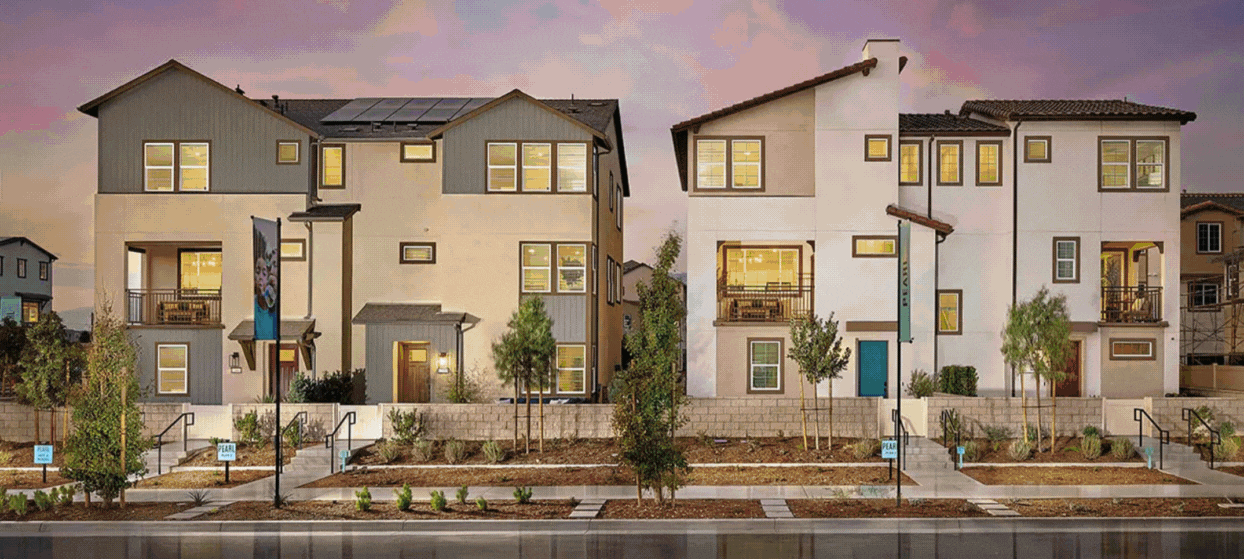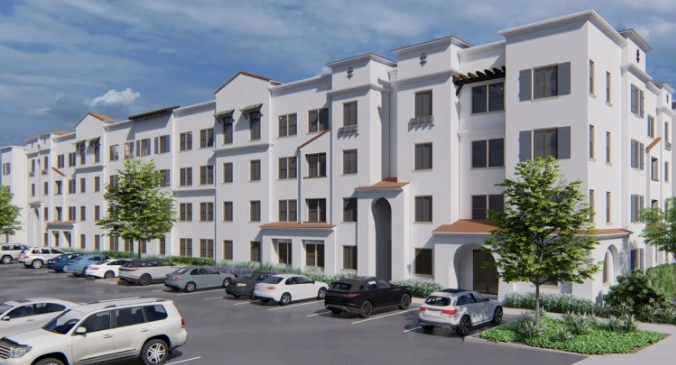FOR IMMEDIATE RELEASE
Phoenix-area Home Prices Begin to Stabilize Short Supply, Investors Still Driving the Market
TEMPE, Ariz. (Aug. 9, 2012) — The huge price increases we’ve seen in the Phoenix-area housing market over the past several months are now slowing down. A new report from the W. P. Carey School of Business at Arizona State University breaks down the numbers for Maricopa and Pinal counties, as of June.
The median single-family home price only went up 2 percent from May 2012 to June 2012, but it’s still up more than 29 percent from last June.
The amount of single-family-home sales activity went down about 16 percent from last June, largely due to the limited supply of homes for sale.
The foreclosure rate is dropping, with no “shadow inventory” in sight.
The median single-family-home price in the Phoenix area reached $150,000 in June. That’s a small increase from $147,000 in May and a huge increase from last June, when it was at $116,000. It’s an annual increase of 29.3 percent, and realtors will note the price-per-square-foot went up 21.3 percent.
The Phoenix-area housing market continues to be fueled by a lack of inventory under $150,000. Competition for homes at that lower end of the market is intense.
“This market remains extremely unbalanced, with far more buyers than sellers,” says the report’s author, Mike Orr, director of the Center for Real Estate Theory and Practice at the W. P. Carey School of Business. “The number of single-family homes in the Greater Phoenix area without an existing contract was down to just over 9,000 as of July 1, and most of it – 78 percent – is above the $150,000 mark.”
If you don’t count homes already under contract, supply went down 33 percent from Aug. 1 of last year to Aug. 1 of this year. In particular, the inexpensive “distressed supply” of homes is down a whopping 68 percent. However, Orr says things have eased slightly. There was only a 15-day inventory of single-family homes for sale under $150,000 in May, and that went up to 18 days in June.
“On the seller side, most homes priced below $250,000 are attracting a large number of offers and often exceed the asking price,” says Orr. “However, the situation for the average home buyer remains dire, despite low interest rates and historically cheap prices. That’s because of the low inventory, and any offer from an ordinary home buyer is typically going to be less attractive than the multiple all-cash offers from investors with few strings attached and no appraisal required. Many ordinary buyers are coming away empty-handed after submitting 10 or more offers.”
Orr adds that, in frustration, many home buyers are turning to new-home sales and construction. This has fueled a 39-percent increase in new-home sales from June 2011 to June 2012. Permits for single-family-home construction were up 49 percent over last June.
“We’re also seeing an unusual number of large companies buying up single-family homes to turn into rental properties, and they may wind up having to lower their standards for tenants’ credit ratings, in order to keep the homes occupied,” explains Orr. “In fact, investors are maintaining such a high presence overall in Maricopa County that the number of properties purchased without financing jumped to 38.4 percent this June. For historical comparison, in June 2007, that number was just 8.3 percent.”
Sales activity leveled off for the summer, just as Orr predicted in his previous report. Sales of single-family homes in the Phoenix area were down 15.7 percent this June from last June, primarily because of the short supply – in particular, fewer foreclosed homes coming onto the market.
Completed foreclosures on single-family homes and condos fell 14 percent between May and June of this year. Also, foreclosure starts (homeowners receiving notice their lenders may foreclose in 90 days) went down about 15 percent between May and June. Orr thinks this downward trend will continue.
“Since the signing in February of the legal settlement between the states and five of the nation’s largest lenders, we saw a slight uptick in the rate of foreclosure notices, but this has now subsided and is far below the peak levels of March 2009,” says Orr. “There is still no sign of any significant new supply of homes coming onto the market, and those who anticipate a flood of bank-owned ‘shadow inventory’ are likely to be very disappointed.”
Orr’s full report, including statistics, charts and a breakdown by different areas of the Valley, can be viewed at https://wpcarey.asu.edu/finance/real-estate/upload/FullReport201207.pdf. More analysis is also available from knowWPCarey, the business school’s online resource and newsletter, at https://knowwpcarey.com.
W. P. CAREY SCHOOL OF BUSINESS The W. P. Carey School of Business at Arizona State University is one of the top-ranked and largest business schools in the United States. The school is internationally regarded for its research productivity and its distinguished faculty members, including a Nobel Prize winner. Students come from 94 countries and include 50 National Merit Scholars. For more information, please visit wpcarey.asu.edu and https://knowwpcarey.com.
Related resources
Explore news
Explore what’s possible with your land
Whether you’re buying, selling, or planning ahead—our team is here to help you navigate your next land decision with confidence.
Contact us
Land Advisors Organization Land Ad
Land Advisors Organization Land Ad
Land Advisors Organization Land Ad
Land Advisors Organization Land Ad
Land Advisors Organization Land Ad
Land Advisors Organization Land Ad



